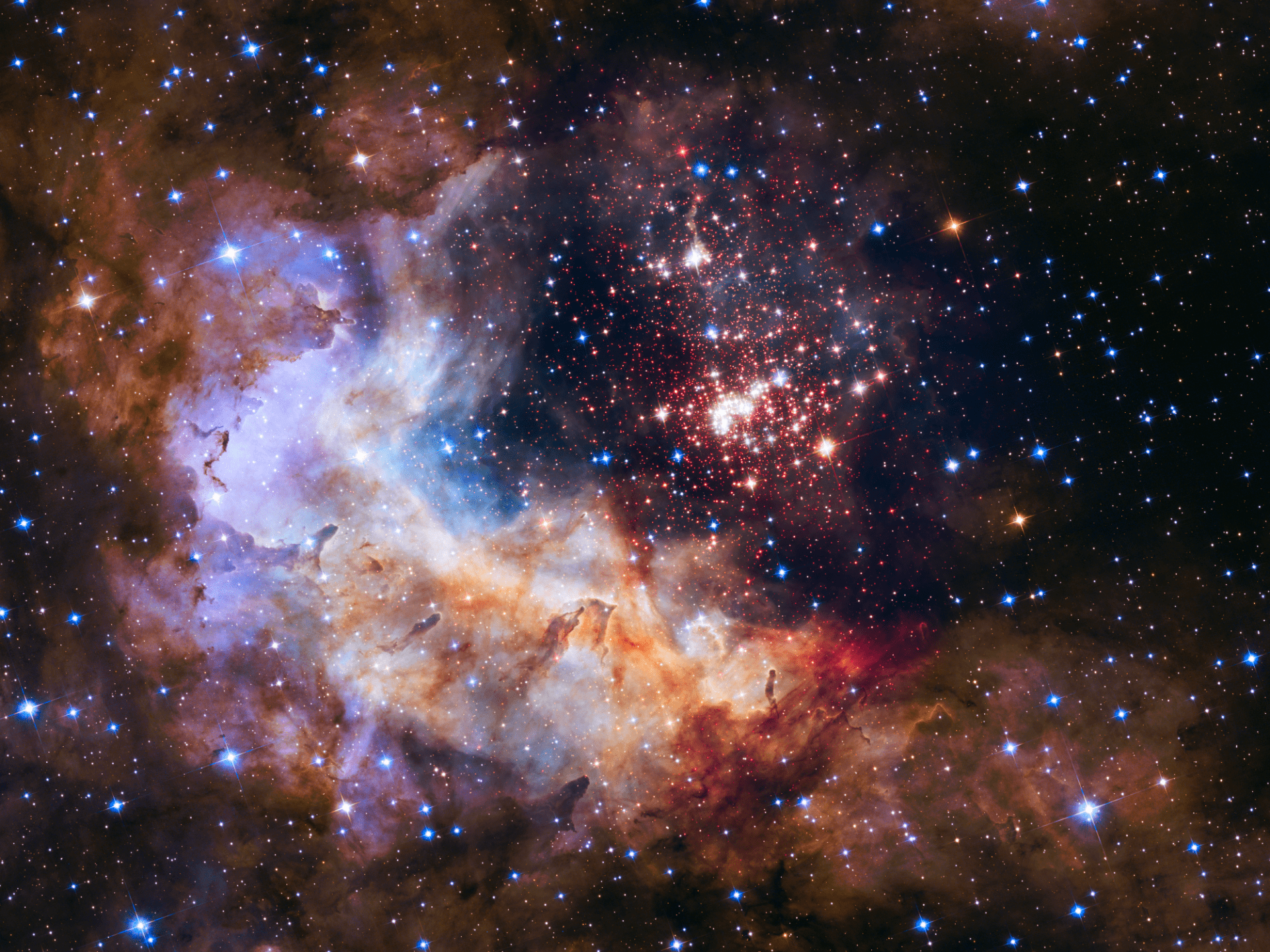UWB GWA Student Research Opportunities
The UWB Gravitational Wave Astronomy group works on projects related to gravitational wave astronomy data analysis and parameter estimation. We are members of international collaborations to observe gravitational waves and characterize the sources.
The Laser Interferometer Gravitational wave Observatory (LIGO) is a ground-based gravitational wave detector that made the first direct observation of a gravitational wave signal from a binary black hole collision on September 14, 2015. The UWB Gravitational Wave Astronomy group is a member of the LIGO Scientific Collaboration (LSC) working on data analysis, detector characterization, parameter estimation, and LSC education and public outreach efforts.
The group is also a member of the North American Nanohertz Observatory for Gravitational waves (NANOGrav) collaboration to detect gravitational waves using a pulsar timing array (PTA). We also work on projects for the future joint European Space Agency (ESA) and NASA Laser Interferometer Space Antenna (LISA) mission to detect gravitational waves from space, and Dr. Key is part of the NASA LISA Study Team.


